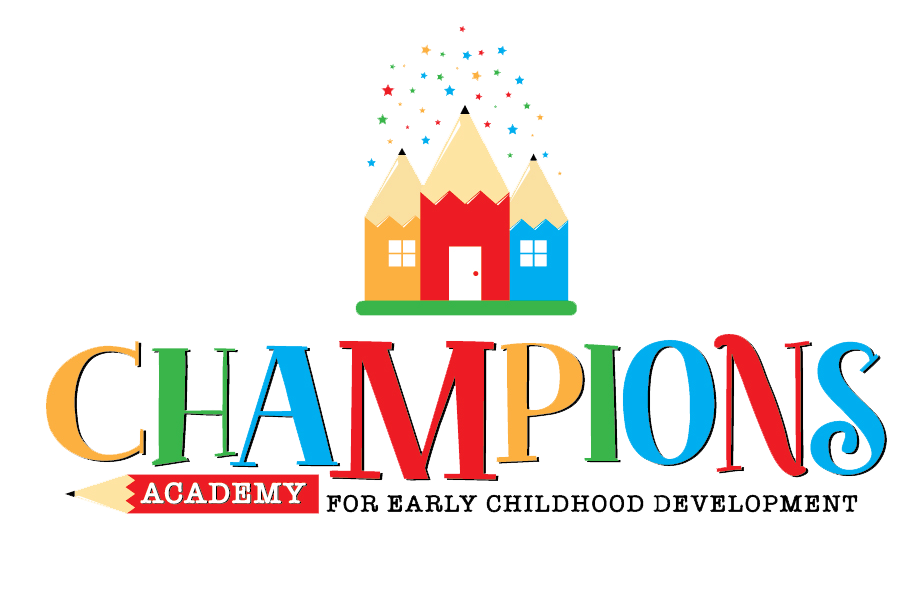What does it mean to be “Reggio Emilia-Inspired?”
The Reggio Emilia approach to early childhood education was developed from a city-sponsored educational system serving children up to age six, in a town in northern Italy bearing that name. The Reggio Emilia educational system is commonly recognized as one of the best programs for young children worldwide. International study groups of educators from around the globe journey to Italy annually to get a first-hand glimpse of this exceptional philosophy in action. Because in Italy this approach is integrated into the fabric of the local government, community, and its people, it cannot be replicated exactly in the United States. However, to be “Reggio-Inspired” is to adopt the core values and beliefs of this approach to educating young children. Such principles include:
The Image of the Child
We view every child as strong, capable, independent, curious, and full of imagination. We empower children to think, question, investigate, explore, and help navigate the journey of learning.
Emergent Curriculum
Teachers observe and document the interactions, discussions, and fascinations of children. By developing learning opportunities from these observations, the curriculum “emerges” from children’s interests and ideas.
Project Work
Our educators deliver this emergent curriculum through project work, which allows children to explore these areas of interest in detail. Teachers are thoughtful about introducing a broad range of opportunities, from art to music to early language, math, science and nature experiences, in support of the project. By exploring projects of children’s interest in great detail, children are excited by the learning process. This enthusiasm for knowledge, combined with the ability to experience project work in detail, will foster a predisposition for “life-long” learning.
The Role of the Teacher
The teacher is viewed as a partner in learning, with the children. By listening, observing, and documenting children’s work, the teacher is equipped to guide children’s learning experiences, and “co-construct” knowledge.
The Role of Environment
The environment of the school (its classrooms, common spaces, and playground) is viewed as the “third teacher.” The environment should be a reflection of the children, teachers, and parents who live and learn there. It should be thoughtful, imaginative, enticing, and respect the image of the child.
Parental Involvement
Learning takes place not just within the school, but also at home and throughout the community. We encourage parents to participate in project work, special events, and the daily life of the school. We seek an integrated learning community, where teachers, parents, and administrators work together to meet the needs of the children.
Documentation
By documenting the children’s work through photographs, video, written word, displays, etc., teachers tell the story of the children’s early childhood experiences. Every child has their own portfolio, consisting of artwork, photographs, information related to developmental milestones, and more. Lesson plans, project boards, and daily highlights explain the work of the children and communicate the life of the school to the community at-large.
“In the Reggio Emilia preschools, however, each child is viewed as infinitely capable, creative, and intelligent. The job of the teacher is to support these qualities and to challenge children in appropriate ways so that they develop fully.”
Louise Boyd Cadwell, Bringing Reggio Emilia Home: An Innovative Approach to Early Childhood Education
Comparing Philosophies: Reggio Emilia and Montessori
For parents that are embarking on evaluating preschool and childcare options for the first time, the myriad choices of programs and educational philosophies can be daunting. Montessori and Reggio are arguably the most prevalent progressive approaches in the United States, and they share some similarities while also contrasting in key areas. Both philosophies grew out of Italy, and share a common belief in the competency of children, the view of children as active participants in their own growth and development, and the importance of aesthetically pleasing classroom environments as a catalyst for learning. Here are a few areas of contrast:
- The traditional Montessori program is highly individualized, and classroom materials are designed to introduce particular concepts, with intended scope and sequence to cover specific learning domains. The Montessori approach recognizes strict developmental stages, and the teacher serves as an unobtrusive facilitator as children routinely undertake autonomous and self-directed learning activities. Montessori classrooms are often orderly and carefully arranged with self-correcting materials that assist children in advancing through stages of learning, both individually and in small groups.
- As previously described, the role of the teacher in a Reggio environment is as a “co-learner,” who observes and documents learning, and guides a negotiated curriculum through projects that build upon the interests and ideas of the children. Reggio classrooms encourage learning in a social context, where communication, relationships, cooperation and amicable disagreement yield exploration and learning. Reading, writing and other important skills are interwoven through the progression of emergent project work, without predetermined scope and sequence. The classroom environment is filled with open-ended materials to engage children in discussion, play and work.
This highlights a few of the similarities and differences between the Reggio and Montessori educational philosophies. Parents should consider these and other differences (as well as investigate other prevalent approaches) when deciding which type of program offers the best fit for their child’s learning style and personality.






